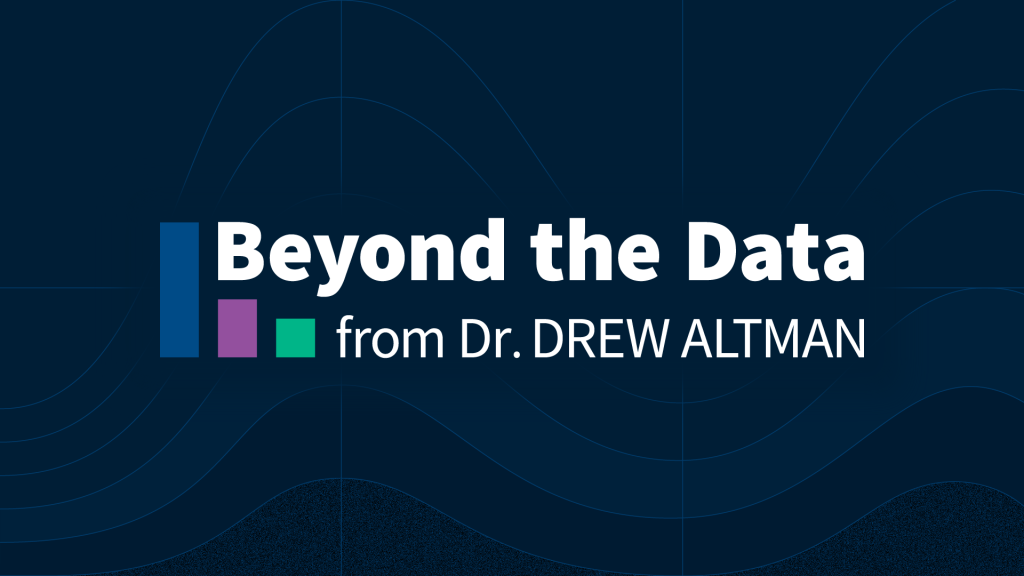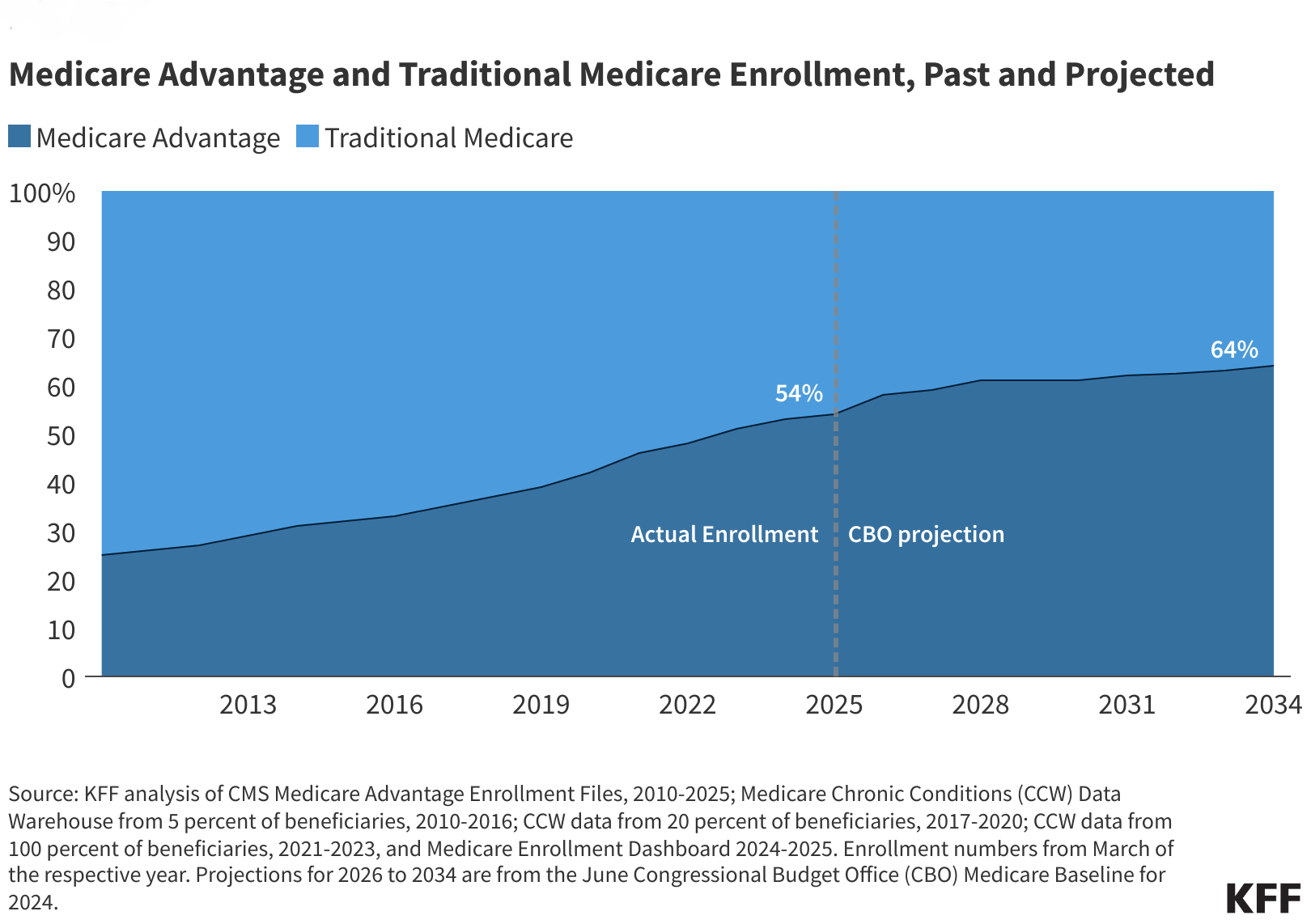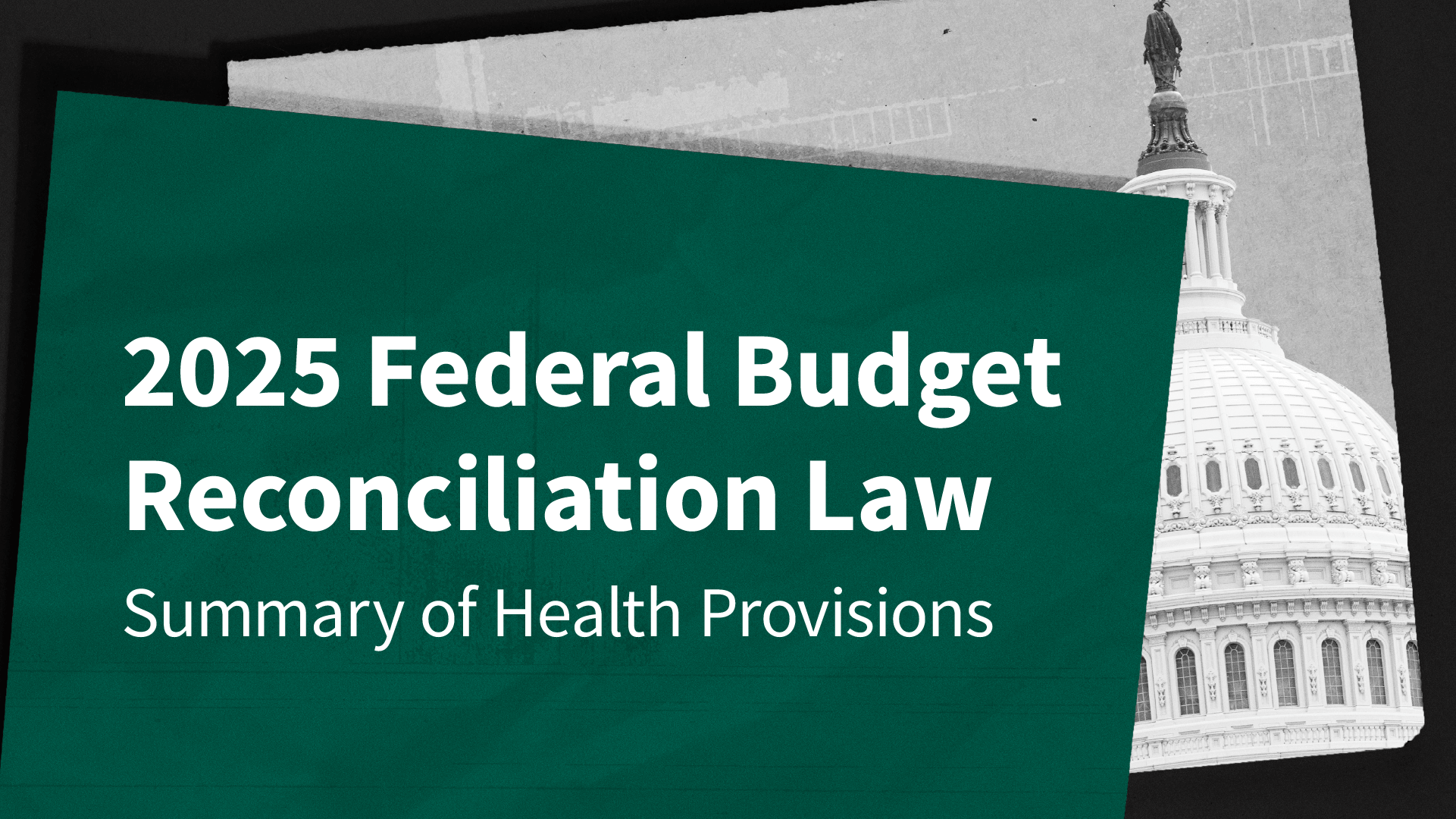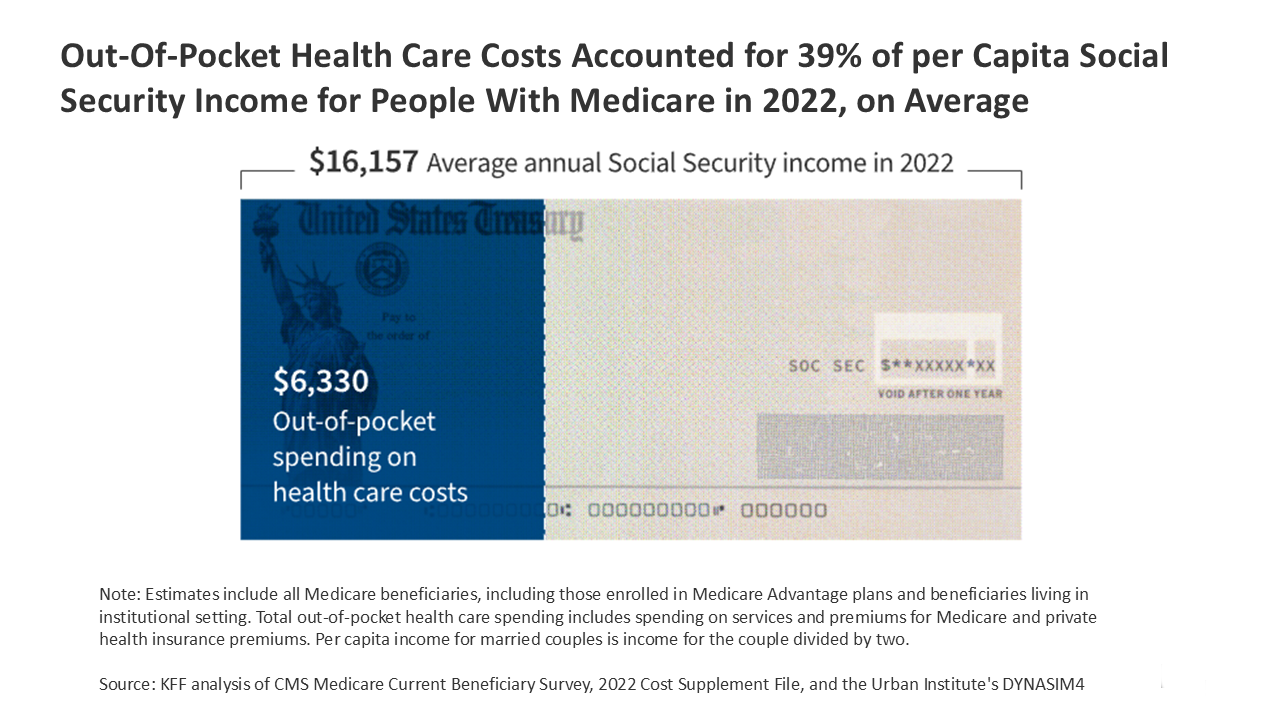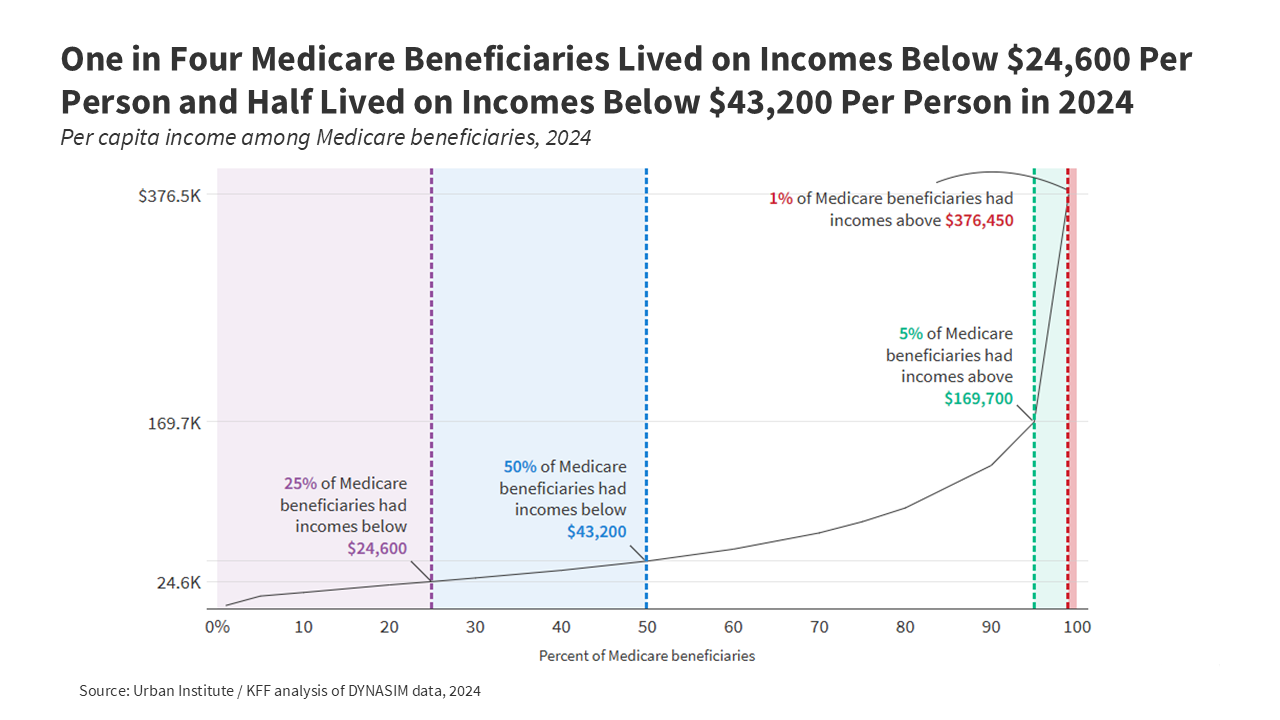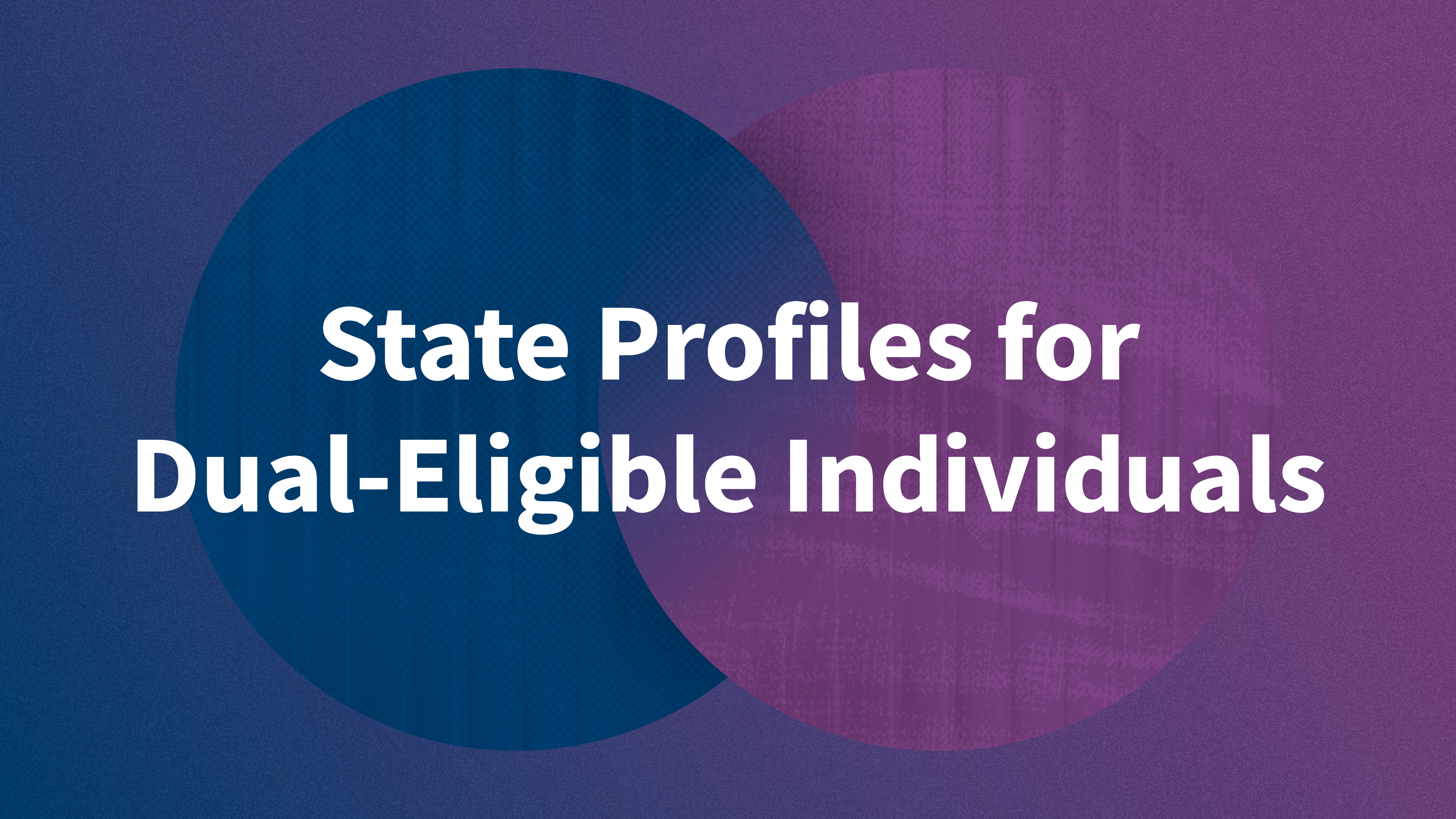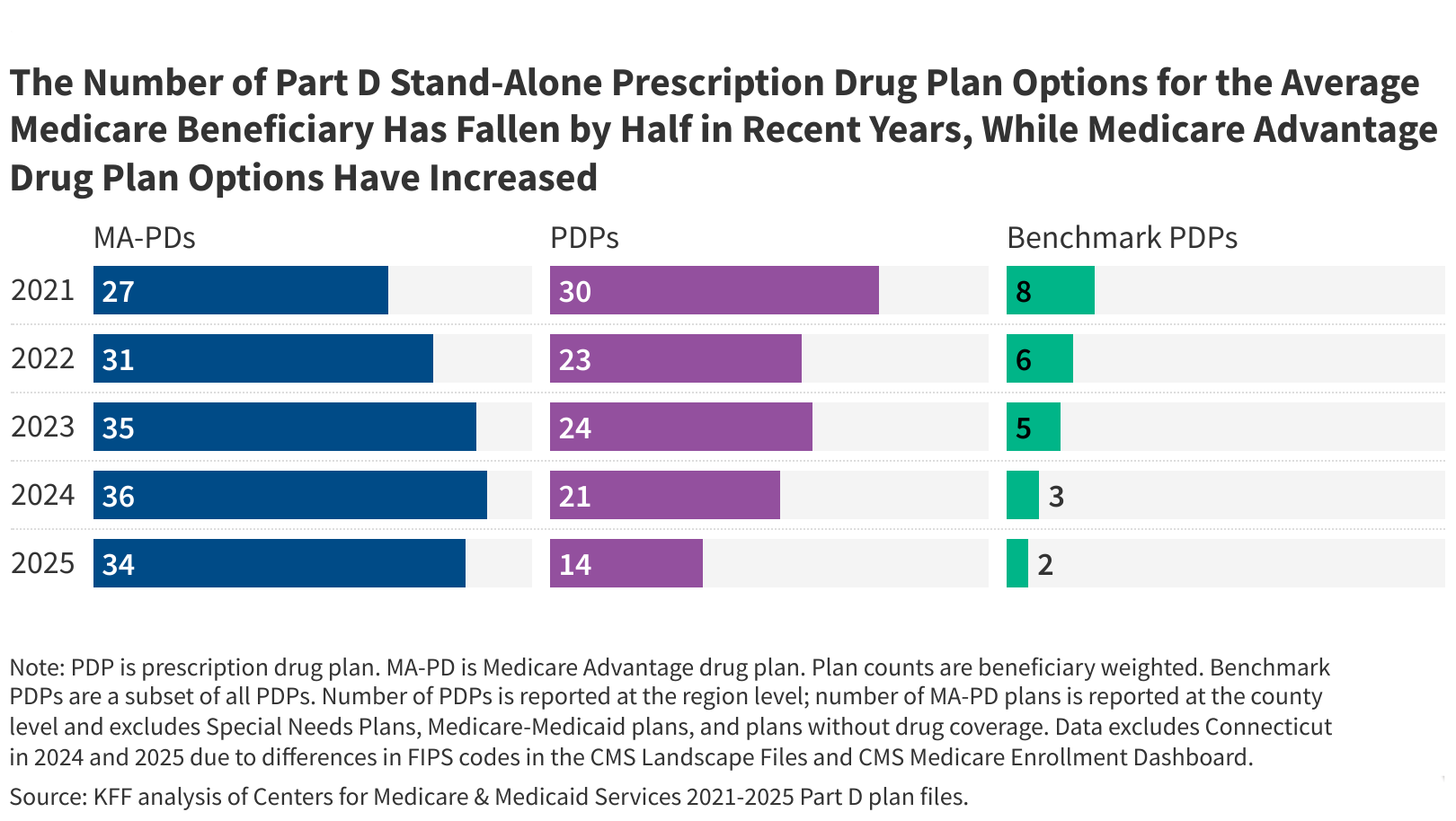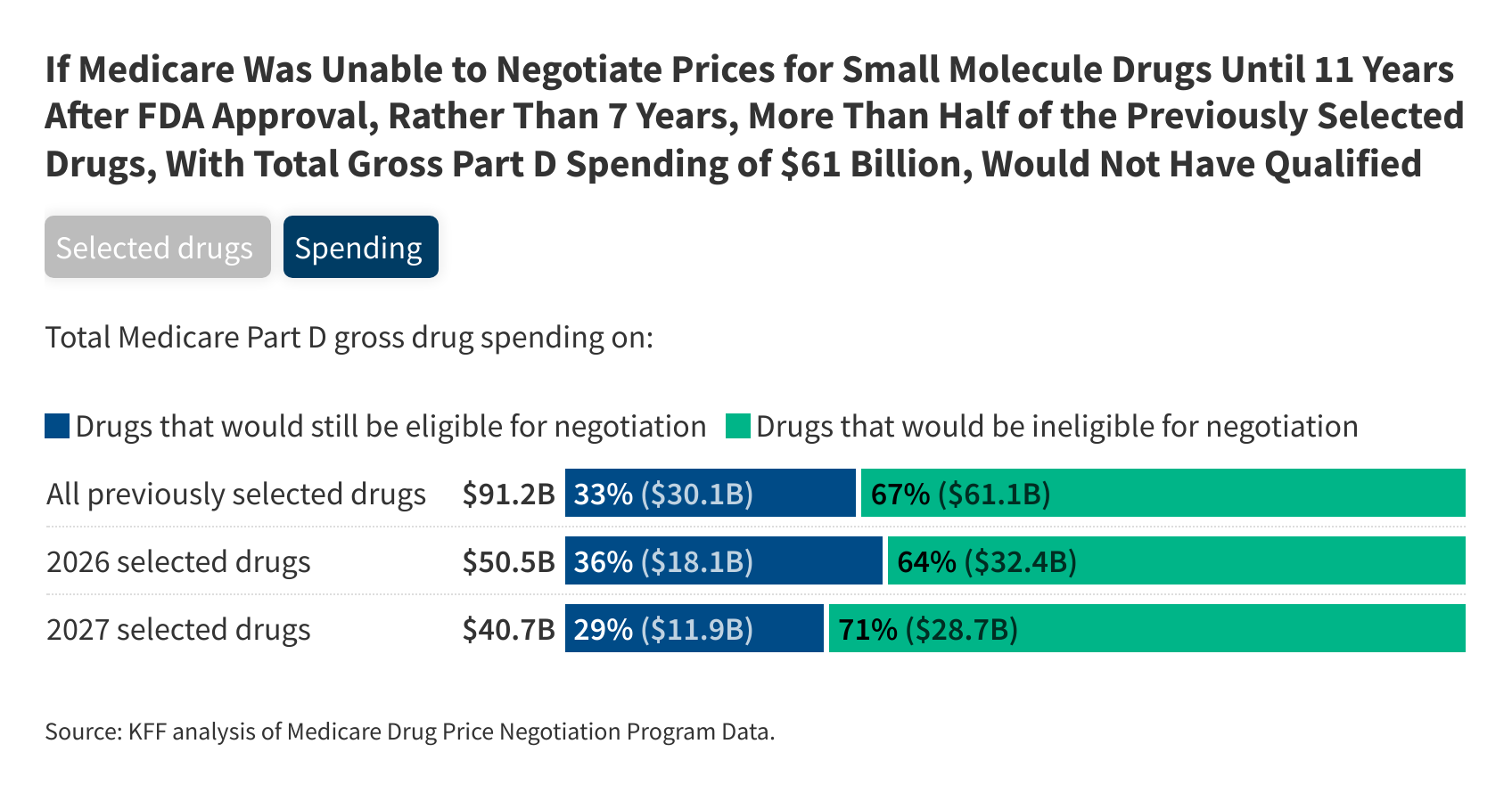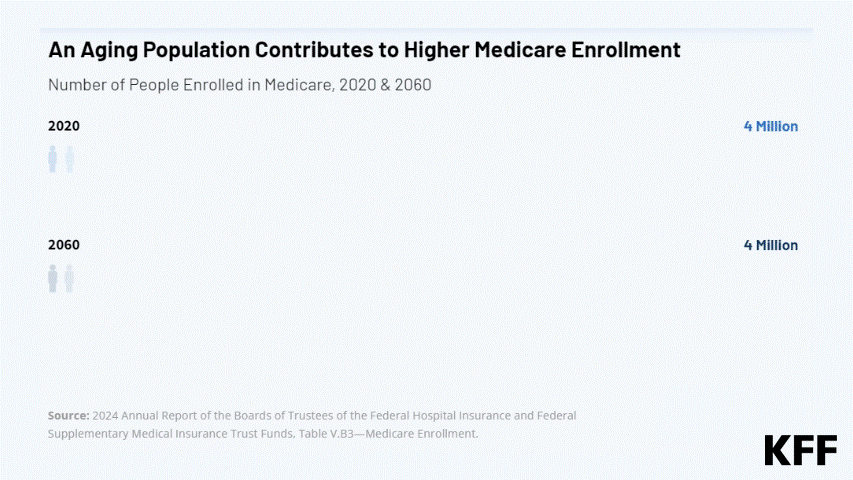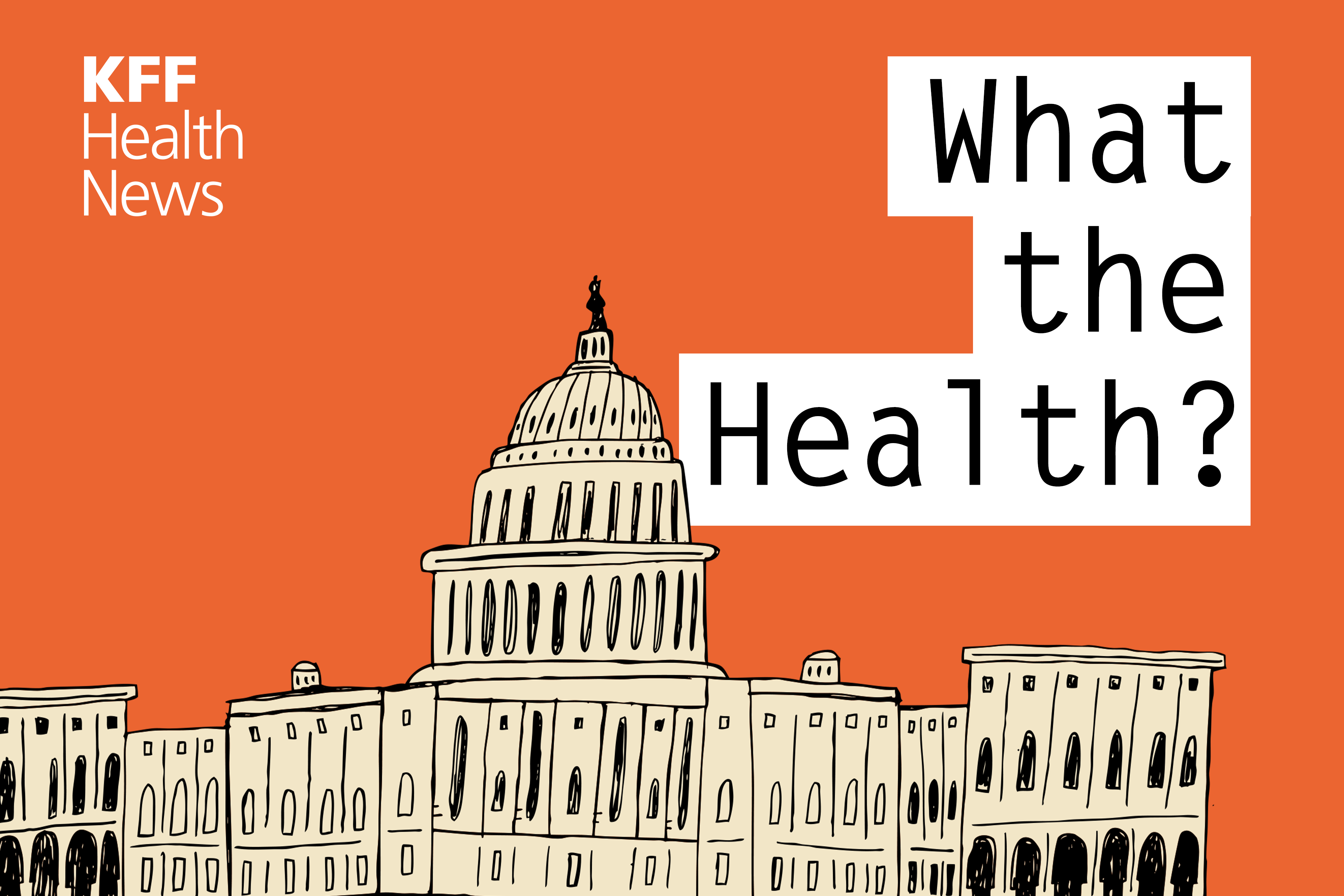Medicare Patients’ Access to Physicians: A Synthesis of the Evidence
Congressional debates about the Medicare Sustainable Growth Rate (SGR) raise questions about whether doctors are willing to see Medicare patients. This issue brief examines multiple data sources to assess beneficiaries’ access to physicians, particularly vulnerable beneficiaries with greater health needs and other disadvantages. It examines the share of doctors who are participating physicians as well as those who have opted-out of the Medicare program to privately contract with Medicare patients. It includes State analyses of rates of physicians who are accepting new Medicare patients as well as patients with private health insurance and Medicaid.
